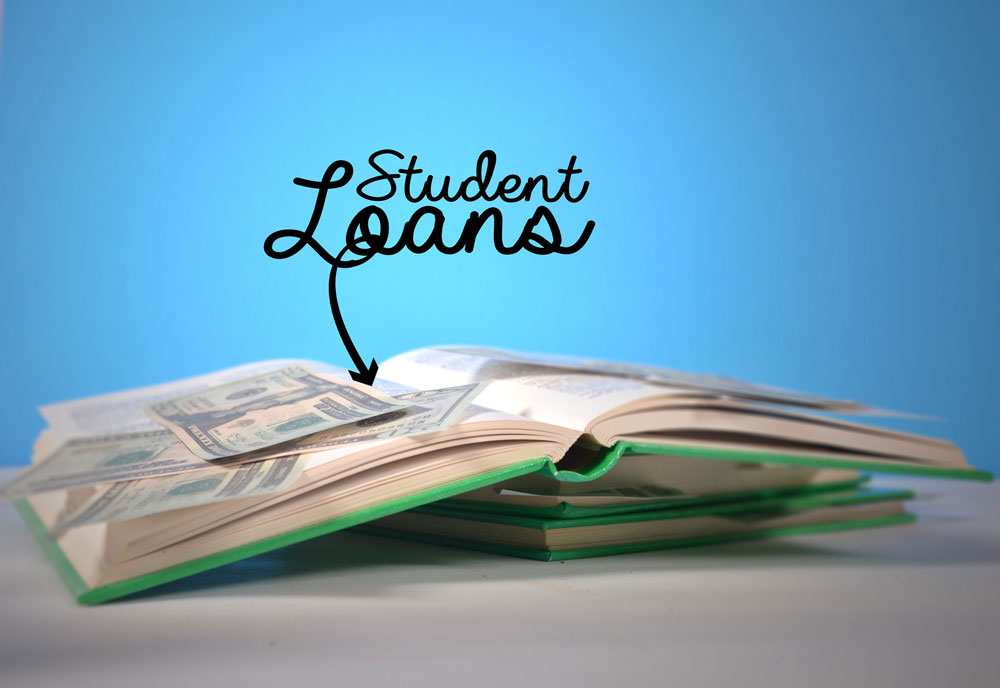
March 28, 2020; Forbes
This week, the interest rate on federal student loans was lowered—to zero, retroactive to March 13th. As part of the CARES Act, the $2 trillion stimulus bill, student loans will not accrue any more interest between now and September 30, 2020. On top of that, payments don’t have to be made on federal student loans through that date. A borrower who chooses to pause their loans will pay no late fees and no penalties; freezing the loan at its balance from March 13th.
But a word of caution is needed: Do not simply stop paying! Suspension is not automatic; pausing the loan is optional, and there is a procedure to follow.
These benefits apply only to federal student loans such as Direct Loans, not Federal Family Education Loans. Private student loans are not included in the CARES Act, either.
Sign up for our free newsletters
Subscribe to NPQ's newsletters to have our top stories delivered directly to your inbox.
By signing up, you agree to our privacy policy and terms of use, and to receive messages from NPQ and our partners.
Due to the pandemic, the US Education Department is also stopping collection efforts on student loans that are in default, meaning they have not been paid for over 270 days. Private collection firms have been ordered to not pursue those borrowers “until further notice.” There will be no seizure of wages, Social Security benefits, or tax refunds to pay defaulted federal student loans during that period, either. This is only a suspension of collecting debt; the outstanding loans are not forgiven. (House Democrats had proposed forgiving $30,000 per student loan borrower, and Senate Democrats had proposed $10,000, but none of that made it into the final CARES Act.)
Choosing to pause payments on a federal student loan will not affect Public Service Loan Forgiveness participants. That is, not paying for the length of the CARES Act benefit will still count for the continuous payment requirement. The program has been fraught with problems, however, including a lack of ultimate loan forgiveness. Forewarned is forearmed.
If possible, consider continuing to make payments on those federal student loans. Payments will all go to the principal, and the loan balance will show a marked change by the end of September.—Marian Conway
Disclosure: The author has a federal student loan and saw the interest rate change to zero on her FedLoan page on Sunday.













